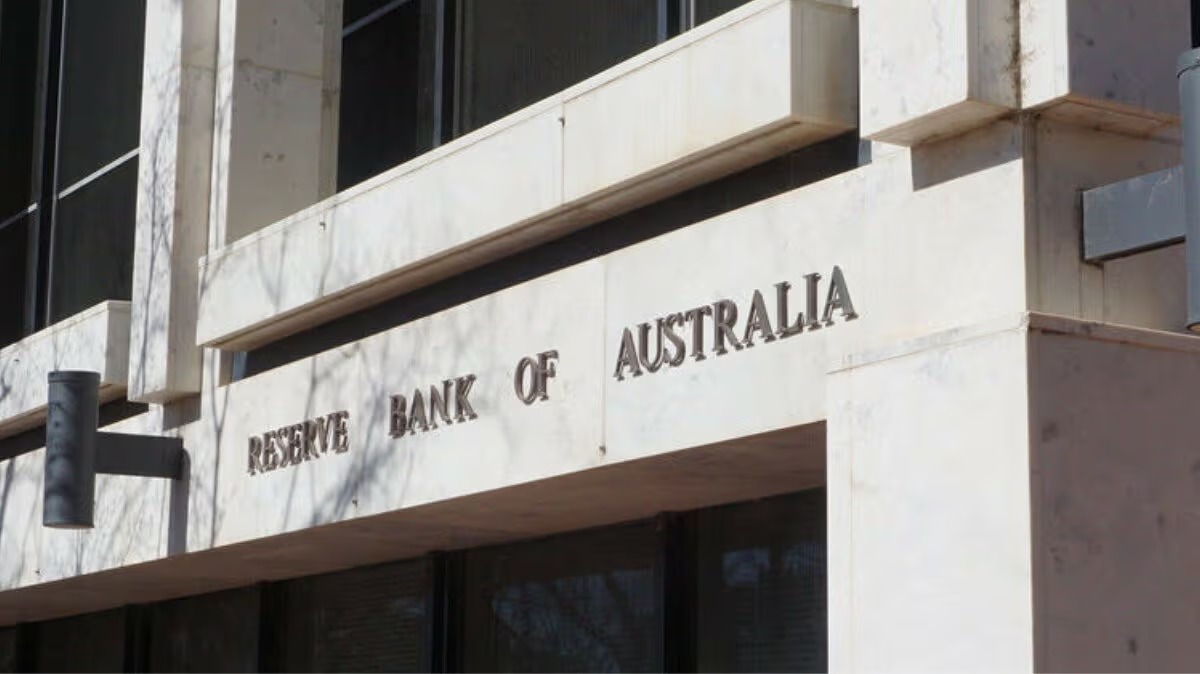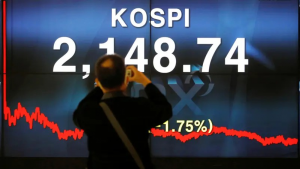The Reserve Bank of Australia decided on Tuesday to cut interest rates for the first time since November 2020, having started its rate hike cycle in May 2022; to 0.35%, and the bank has remained steady at 4.35% since its last rate increase in November 2023.
According to the interest statement issued by the Reserve Bank of Australia, the tone of the reduction suggests that it is a hawkish cut, meaning that future cuts will likely be slow and spaced out, with expectations of one interest rate cut every quarter.
Key points from the Reserve Bank of Australia's monetary policy statement include:
Inflation and GDP were weaker than expected, while the labor market is stronger. The Reserve Bank considers local financial conditions to be restrictive, with interest rates above the neutral level. There is a wide range of estimates for the neutral interest rate, but some recent estimates have decreased. There are still risks of overestimating the extent of excess demand in the labor market. The labor market remains tight, but there may be more spare capacity that exceeds expectations in some sectors. The slowdown in average inflation in the fourth quarter was weaker than expected, with some slowdown in price growth in the housing and services sectors. US economic policies pose material risks to global forecasts this year and next year. There are risks that US tariffs could lead to a significant tightening of financial conditions. Core inflation is slowing. Economic forecasts remain uncertain. Sustainably bringing inflation back to target is a priority for the Reserve Bank of Australia. The Reserve Bank will continue to rely on data and evolving risk assessments to guide monetary policy decisions. The Reserve Bank has become more confident that inflation is moving sustainably towards the midpoint of the target range of 2%-3%. Upward risks to inflation remain. Economic forecasts continue to be uncertain. Today's published forecasts indicate that if monetary policy is eased too much too soon, the slowdown in inflation may stall, and inflation could stabilize above the midpoint of the target range. Weak growth in private demand has continued, and wage pressures have eased. By removing some constraints on monetary policy in its decision today, the Reserve Bank acknowledges that progress has been made in slowing inflation, but remains cautious about the outlook. The Reserve Bank remains cautious about the prospects for further easing in monetary policy rates. Monetary policy has been restrictive and will remain so after this interest rate cut. Some upward risks to inflation seem to have eased, and there are indications that the slowdown may occur somewhat faster than previously expected; however, there are risks on both sides. Some recent labor market data has been unexpectedly strong, suggesting that the labor market may be tighter than previously thought.











